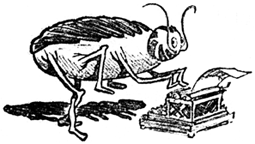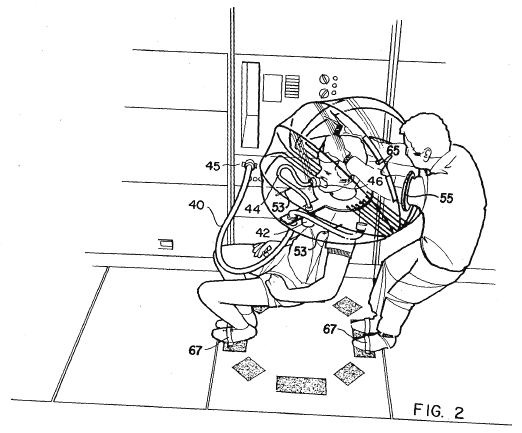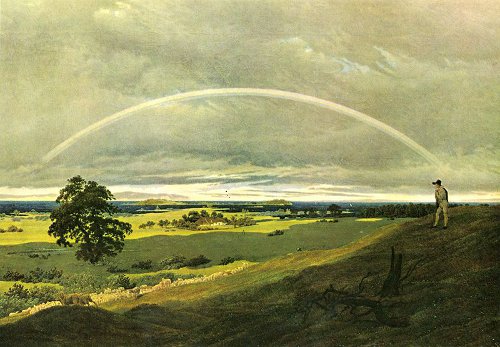In an April 1773 letter to Jacques Dubourg, Benjamin Franklin makes a curious observation:
I have seen an instance of common flies preserved in a manner somewhat similar. They had been drowned in Madeira wine, apparently about the time when it was bottled in Virginia, to be sent hither (to London). At the opening of one of the bottles, at the house of a friend where I then was, three drowned flies fell into the first glass which was filled. Having heard it remarked, that drowned flies were capable of being revived by the rays of the sun, I proposed making the experiment upon these: They were therefore exposed to the sun upon a sieve, which had been employed to strain them out of the wine. In less than three hours two of them began by degrees to recover life. They commenced by some convulsive motions in the thighs, and at length they raised themselves upon their legs, wiped their eyes with their fore feet, beat and brushed their wings with their hind feet, and soon after began to fly, finding themselves in Old England without knowing how they came hither. The third continued lifeless till sun-set, when, losing all hopes of him, he was thrown away.
He added, “I wish it were possible, from this instance, to invent a method of embalming drowned persons, in such a manner that they might be recalled to life at any period, however distant; for, having a very ardent desire to see and observe the state of America an hundred years hence, I should prefer to an ordinary death, the being immersed in a cask of Madeira wine, with a few friends, till that time, to be then recalled to life by the solar warmth of my dear country! But since in all probability we live in an age too early and too near the infancy of science to hope to see such an art brought in our time to its perfection, I must for the present content myself with the treat which you are so kind as to promise me, of the resurrection of a fowl or a turkeycock.”








